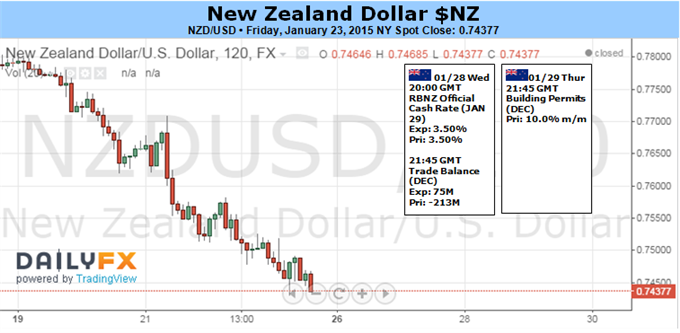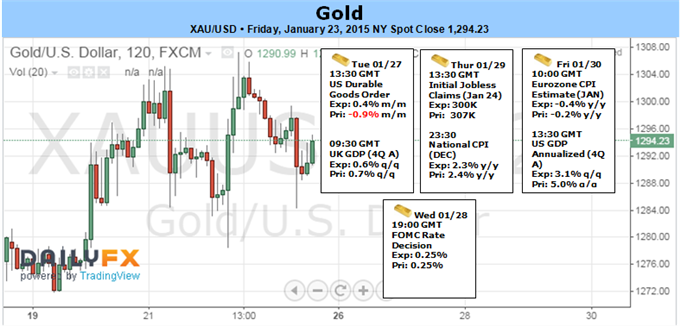Alpari UK: 5 brokers already reportedly showed interest
Following the SNBomb, Alpari UK got into deep trouble and went into administration. Since the initial news broke, there were various reports of bidders for the troubled broker.
The number of parties interested has already reached 5. Some are still active and some probably aren’t. The initial attempt to find a buyer for the company over the first few days failed and the company went into administration. Here is the list
One question remains: is the interest real or is the publication about the interest to buy Alpari UK just a publicity stunt to show that the bidding broker is powerful?
If a deal indeed goes through with administrators KMPG, we will at least know there was one bidder that was serious all the way.
For the traders that have accounts with Alpari, the retrieval of money deposited with the firm.
- ETX: “ETX has provided KPMG with a proposal to acquire assets of Alpari (UK) Limited. Over recent months ETX Capital has acquired Shelbourne markets and Ariel Communications and is continuing to expand its business aggressively both through organic means and acquisitions. As a profitable, FCA regulated firm offering multiple trading platforms and over 6,000 markets, ETX Capital considers itself to be one of a small number of firms able to complete this acquisition while at the same time protecting Alpari’s customers from losses. During the recent turmoil in the FX markets, ETX Capital’s active risk management helped the firm to fair extremely well and January is expected to be another profitable month for the firm.” via LeapRate
- OANDA: Forex Magnates reports: “The move would expand the business of OANDA across the UK, the Middle East and North Africa region, where Alpari UK has been performing particularly well. For the time being, no information about the prospective offer put on the table has been obtained by Forex Magnates”
- Iron FX: “Iron FX says it understands that court cases pending between Alpari UK and its majority shareholder” Forex Live reports.
- Pepperstone: We covered this story here, and it was originally published in the WSJ over the weekend. The broker is based in Australia
- FXCM: The US based broker that has trouble of its own, was the first to show interest according to Forex Magnates. We covered it here.
the source


 LinkBack URL
LinkBack URL About LinkBacks
About LinkBacks





 Reply With Quote
Reply With Quote







Bookmarks